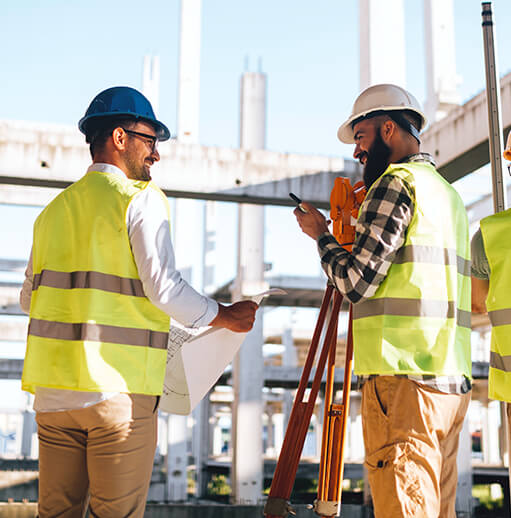
By Dave Clifton
Content Strategy Specialist
SpaceIQ
Many businesses these days are building digital twins of their facilities, to better monitor and manage everything from space to assets. What they might not realize is that a digital twin already exists. Digital twins in construction are becoming prevalent in the development and construction phases of a building, because they show the project on a dynamic plane. It speaks to the essential nature of digital building information throughout the life cycle of a property: from its earliest build stages to its continued evolution as a workplace.
The term “digital twin” can have different context depending on how it’s used. In facility management, digital twins help with space allocation and asset management. During construction, they serve an entirely different purpose altogether: one that stays true to the design of the building.
What is a digital twin in construction?
Digital twins are virtual creations of a building. Unlike Building Information Modeling (BIM) diagrams, which show its many systems and subsystems, digital twins show space. Where BIM focuses on how the building’s constructed, digital twins focus on how people will use the space. Tradespeople and builders typically rely on BIM during the design-build construction process.
Digital twins come into play as the construction project nears culmination—as digital systems come online. Where BIM manages the dynamic systems that go into a large building project, digital twins serve as the foundation for its assets and utilization. When a 20’ x 16’ space becomes a conference room with full AV capabilities, the digital twin becomes the framework to manage and optimize it.
Why is digital twin important in construction?
The purpose of digital twins in construction is to bridge the gap between form and function. On paper, in a blueprint, a space is a series of measurements. During construction, it’s part of a broader structure. When it comes time to designate purpose for that space, planners need foresight. Who will use it? What will they use it for? What assets will live there? The digital twin catalogs this information.
Because a digital twin continues to be useful after the construction process, it’s also a bridge from the design to the management of a building. For example, a smart building will include robust connected tech as part of the construction phase. Those systems link to the digital twin, which allows space managers to oversee them as part of the tenant’s tech stack. Further connectivity with Integrated Workplace Management Systems (IWMS) turns the digital twin into a source of truth for space governance and asset management.
Examples of digital twin construction
The roles of digital twin construction are many. It’s an asset management tool. A safety planning tool. A space optimization tool. A tool to improve employee experience. Because it’s linked to spaces, assets, and the people who use them, a digital twin realizes the concepts put into a building’s design and makes them real. Here’s a look at some examples:
- “What if” analysis of safety systems and emergency action plans
- Asset performance optimization through use monitoring
- Reduction of construction and operating costs during renovations
- Productivity and collaboration improvements through space delegation
Digital twins possess the context from construction and the practicality demanded by workplace management systems to ensure form meets function. This is especially important in dynamic workplaces, where demands for space are different than the original concepts of the building. Through a digital twin, space managers can take the parameters of building design and adapt them to the context of space demands. It’s the final, integral phase of building construction.
CRE needs to embrace digital twins
The clear and obvious benefits of BIM in construction have led to a widespread rise in reliance on this technology for complex building projects. Now, facility management is realizing these same benefits in digital twins. Like construction teams need a holistic view of mission-critical systems to streamline the build, facility managers need similar insights to optimize workplace utilization.
The gap from BIM to a digital twin isn’t a large one. Both are vital to the design and execution of a building. They represent the duality of commercial buildings: their shape and structure, as well as their function and purpose. They’re both essential tools in the age of smart building design, maintenance, and management.
The good news for many facility managers is that a digital twin of their building may already exist somewhere. Whether they get it from the developer, the construction management firm, or create it themselves, it’s becoming more important to lean on a digital twin for physical space governance.
Keep Reading: What is BIM in Facilities Management?




